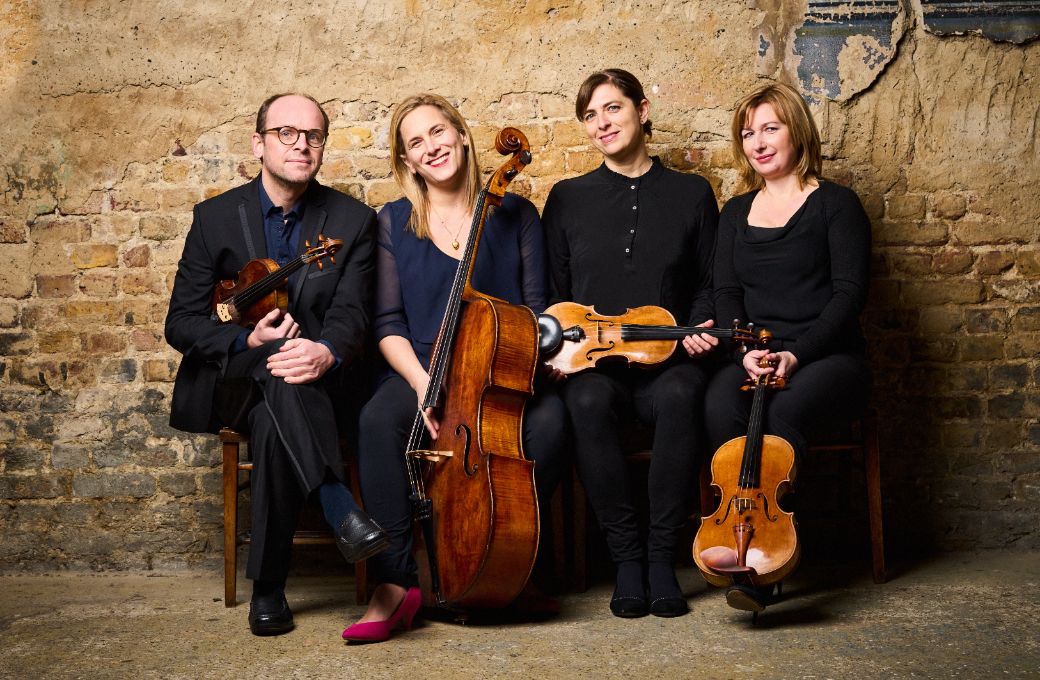Yes, Stravinsky hated the String Quartet, but did he have to take it out on audiences? The question was asked in 1914 when he wrote Three Pieces for String Quartet, and it’s still being asked by some today. It’s certainly inventive in timbre and in what it asks the players to do. Fortunately Ensemble 360’s string quartet members were willing and more than able to interpret the strange and awkward directions in the score, leaving the audience to make up their own minds.

Unlike Stravinsky, Shostakovich loved the string quartet and wrote 15 of them. Did he deliberately write 15, stopping one short of Beethoven? Certainly, as in Beethoven’s late quartets, Shostakovich did use the medium to express his response to outer tragedy as well as some of his most private emotions. Ensemble 360 approached the first movement of Shostakovich’s Third Quartet in blithe ignorance – as requested by the composer. The direction at the top of the first movement sums the required mood up, as “blithe ignorance of the future cataclysm”. Their interpretation was all that, displaying an impressively tight ensemble, particularly in the energetic fugue and the incredible accelerando at the end.
The “rumblings of unrest and anticipation” in the second movement were an appropriate contrast, before “the forces of war (were) unleashed” in a tense third. The emotion in the fourth movement is different – it’s marked “in memory of the dead”, and there were beautifully tender solos from violin, viola and cello. The final movement asks “Why? And for what?” and Ensemble 360 left that question hanging in the air for several seconds before the enthusiastic applause started.
After the interval, Ensemble 360 returned to music that asks profound questions – Beethoven’s final quartet (no. 16, Op.135). The first movement, an almost backward looking one, showed the group’s ability to make the sudden changes in mood and tempo a Beethovenian opening demands. The second, an energetic Scherzo with almost bizarre changes in rhythm, was lively, but either the lower instruments were over-enthusiastic or the acoustics didn’t favour the first violin enough. A hush descended then for the tenderly played Lento assai, and again, this set of variations elicited some beautiful solos.
Unlike Shostakovich, Beethoven answers his own question. “Muss es sein?” (Must it be?) is asked in a mournful three-note phrase, then answered with a lively, cheerful, “Es muss sein.” Some have suggested Beethoven was merely making a whimsical response to his publisher, or even a concert subscriber, but Ensemble 360 left the audience in no doubt that this music asserts an optimistic belief in the future.


